I. Introduction
The digital world is undergoing rapid transformation through Software as a Service (SaaS). People and businesses gain access to powerful software applications online without having to install them or build complex infrastructure. SaaS serves as the fundamental support structure for current business activities while delivering productivity applications alongside data analysis tools and creative as well as communication platforms. The flexible structure of SaaS, along with its cost-effective solutions and convenient access, has driven its widespread adoption.
According to Gartner’s recent analysis, the SaaS industry will expand to reach $232 billion by 2024 as businesses continue to depend heavily on cloud-based software solutions. Integrating Artificial Intelligence (AI) into SaaS platforms enhances their abilities by automating hard tasks and generating valuable data insights. This article defines SaaS and discusses its tool features, followed by an analysis of strong AI-powered SaaS solutions accessible today.
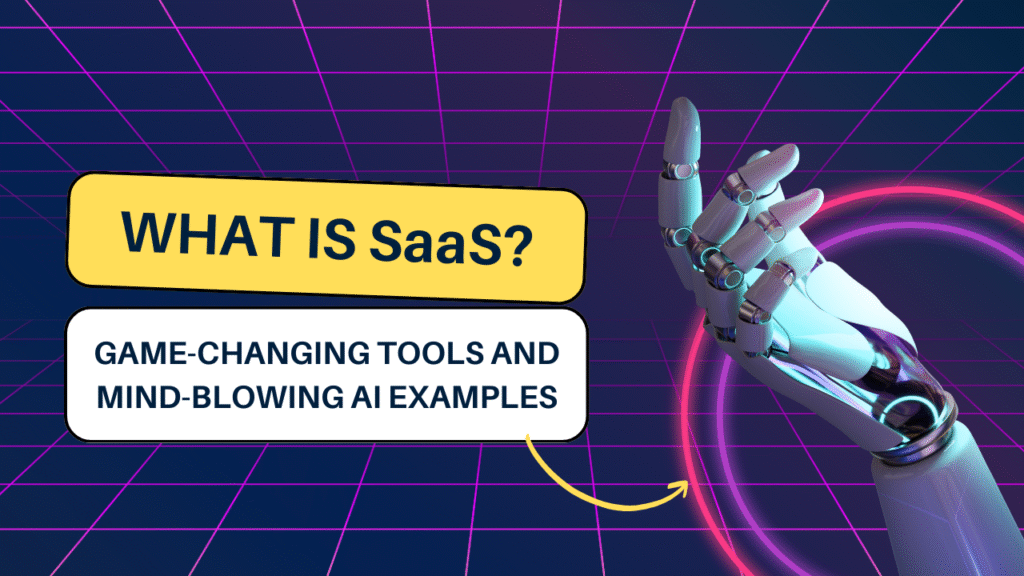
II. What is SaaS?
Definition and SaaS Meaning
Software as a Service or SaaS functions by serving cloud-based software applications directly to users through the internet. Web browsers allow users to connect to applications maintained by third-party providers. SaaS eliminates the need for organizations to maintain internal servers or local installations because it removes manual update processes.
Users access SaaS applications through subscription-based payment plans that charge monthly or annually based on usage levels or selected features, and the number of software users. Startups, small businesses, and large enterprises can access SaaS solutions through this model.
How SaaS Works
Users obtain software access through a secure login when they subscribe to a SaaS application. The provider’s servers handle all data storage and computing operations. Centralized management delivers uninterrupted service availability together with routine patching and uniform security measures. Content Delivery Networks (CDNs), redundant data centers, and automated recovery systems work together to keep SaaS applications running without interruptions.
SaaS platform infrastructure depends on cloud service leaders, including AWS from Amazon, Microsoft Azure, and Google Cloud Platform, which provide essential scalability and computational power to support millions of simultaneous users.
Why SaaS is Popular
SaaS stands out because it provides easy user access. Having internet access enables users to perform their work from any location, which supports both remote operations and worldwide teamwork. The SaaS framework enables organizations to sidestep initial costs for software licenses and hardware equipment. Their operational costs become predictable and scalable instead.
SaaS also democratizes access to advanced technology. Through access to enterprise-grade tools, small businesses compete on equal footing with multinational corporations in competitive markets. SaaS allows companies to deploy applications rapidly, along with effortless scaling capabilities and automatic adherence to industry regulations.
III. What is a SaaS Tool?
Definition of SaaS Tools
A SaaS tool represents an application that provides software capabilities via a cloud-based delivery method. These applications serve particular functions, which include project management and customer relationship management as well as video editing and AI content creation. The interaction with SaaS tools happens through web interfaces or mobile applications as backend processing takes place on remote servers.
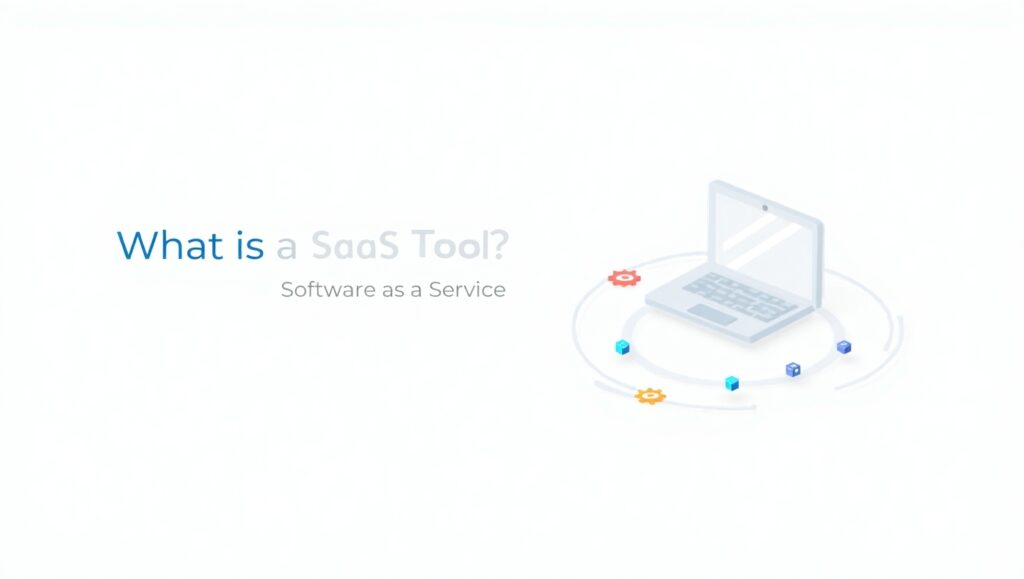
SaaS tools function completely through the internet without the need for local software installations or manual updates. Users can concentrate on productivity and outcomes because the provider handles infrastructure management along with security measures and technical support updates.
Key Characteristics
The main characteristics of SaaS tools involve hosting through the cloud with subscription-based payment models and updates deployed centrally while providing access from multiple devices. SaaS tools primarily support collaboration by allowing several users to collaborate concurrently in real-time. Their offerings include APIs and application integrations that build efficient workflows.
Use Cases Across Industries
A wide range of industries employs SaaS tools for their operations:
- Healthcare: Athenahealth and Practice Fusion platforms make patient management and regulatory compliance more straightforward.
- Education: Google Classroom and Zoom enable educators to conduct virtual classes and monitor student assignments.
- Finance: Business software like QuickBooks and Xero delivers automated solutions for bookkeeping and financial reporting, and invoicing.
- Retail and E-commerce: The platforms Shopify and BigCommerce deliver complete storefront solutions along with inventory control capabilities and analytical tools.
Companies can dedicate more resources to their main business activities because SaaS tools eliminate the necessity for internal IT teams.
IV. What are SaaS Tools Used For?
SaaS tools offer solutions for particular business and operational problems. Their utility spans multiple categories:
Productivity and Collaboration: Google Workspace and Microsoft 365 allow teams to work together on documents simultaneously by creating and sharing them in real time. The applications function as replacements for typical desktop software and establish connections with calendar systems, cloud storage services, and video conferencing applications.
Customer Relationship Management (CRM): Salesforce and HubSpot platforms integrate customer data while optimizing communications and marketing processes. The complete picture of customer interactions these tools offer enables businesses to enhance both customer retention and conversion rates.
Marketing and Analytics: Mailchimp and SEMrush as SaaS tools enable businesses to create email marketing initiatives while analyzing website traffic and optimizing their search engine optimization tactics. These platforms feature dashboards alongside AI-driven insights which help businesses improve their marketing methods.
E-commerce Management: Shopify and WooCommerce represent comprehensive e-commerce SaaS platforms that oversee inventory and shipping processes alongside customer service and payment processing.
According to a 2023 Forrester research report, integrated SaaS marketing solutions led to a 32% boost in business lead conversion rates. Strategic implementation of SaaS tools demonstrates their effectiveness.
V. Top AI-Powered SaaS Tools You Need to Know About
The ongoing development of AI technology combined with SaaS solutions produces advanced tools that enhance operational efficiency while also enabling intelligent decision-making processes.
1. ChatGPT (OpenAI)
OpenAI developed the conversational AI ChatGPT. The tool enables users to create content and complete programming tasks through its web interface and API while providing brainstorming support and customer service capabilities. The conversational AI ChatGPT uses advanced natural language processing methods to understand user input and generate responses that mimic human speech. Organizations have adopted ChatGPT in their customer service solutions for automated question handling, which results in reduced support expenses.

2. Jasper AI
Jasper AI is a specialized tool that generates marketing copy for businesses and content creators as well and marketing agencies. The service provides ready-made structures for advertisements, blog content, and email marketing initiatives. The AI model of Jasper has been trained using millions of marketing documents that utilize established frameworks such as AIDA (Attention, Interest, Desire, Action). According to Jasper’s case study findings, a digital marketing agency managed to enhance productivity by 70% and simultaneously reduce their writing time by 50%.
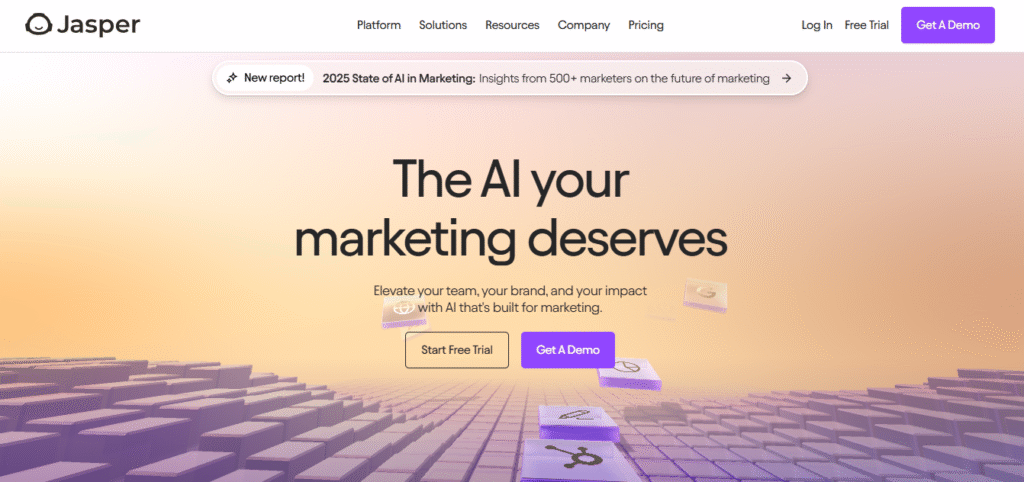
3. Grammarly
Grammarly uses AI to improve writing quality. The software extends its capabilities beyond grammar checking by evaluating tone and clarity while monitoring user engagement to deliver immediate recommendations. Corporations and educational institutions rely heavily on this platform for their communication needs. Through integration with Slack and Google Docs, Grammarly Business provides seamless professional communication across various platforms.
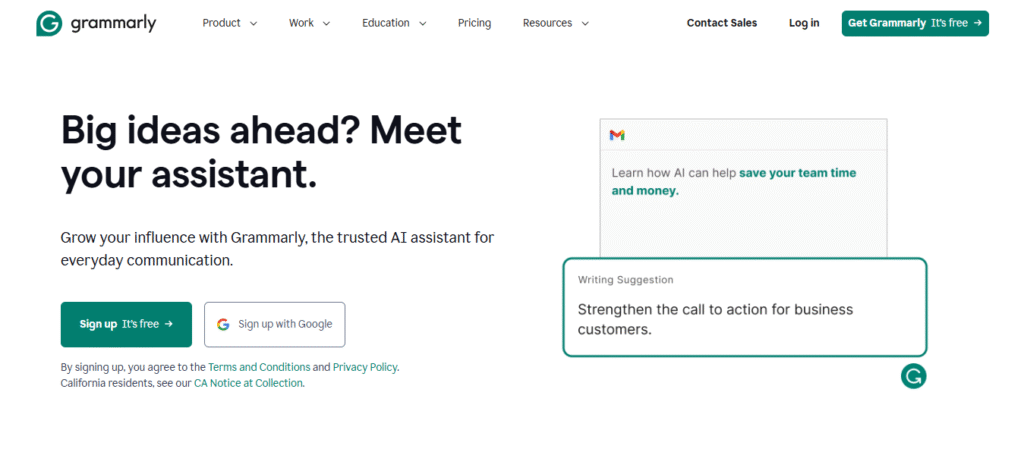
4. Notion AI
Notion AI brings automatic summarization and content generation features to the Notion productivity software while also providing Q&A support for team documents. The tool accelerates documentation processes for teams while enabling them to identify essential insights more quickly. The AI assistant provided by Notion supports note-taking during project updates and brainstorming sessions, which proves essential for remote team collaboration.
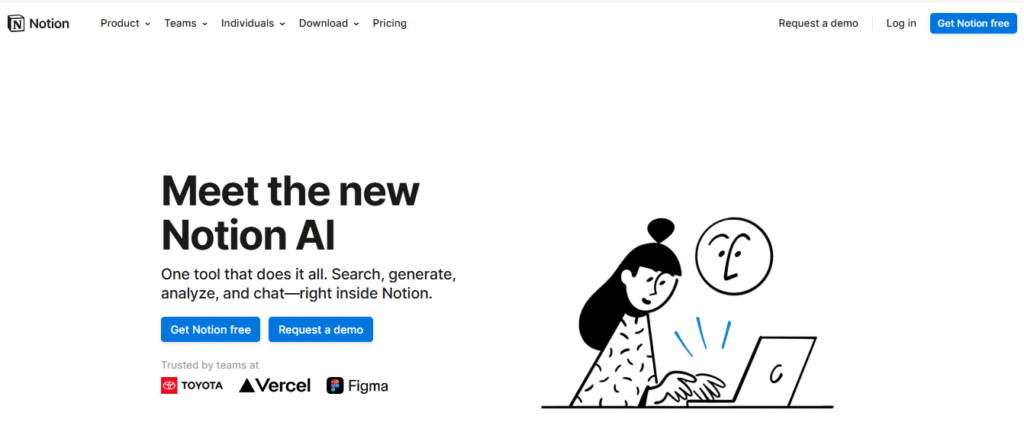
5. Pictory
Pictory functions as a software-as-a-service platform that uses artificial intelligence to create videos. This tool automatically turns written blog posts and scripts into shareable short videos. The tool generates visuals and captions as it extracts the main points automatically. Marketers can use Pictory to convert written content into video format, which increases their engagement levels on YouTube and LinkedIn. According to a Pictory case study, AI tools enabled businesses to achieve a 48% click-through rate improvement for their videos versus traditional methods.
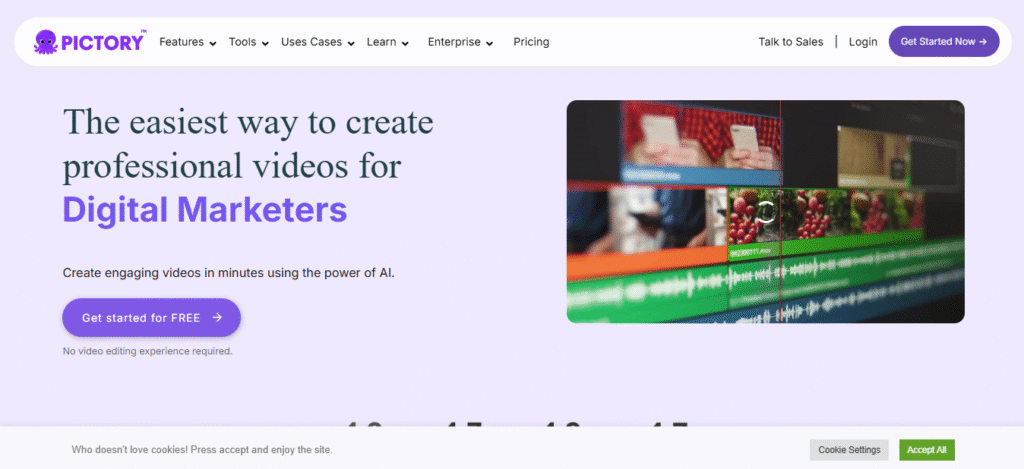
| Tool | Purpose | Key AI Feature | Notable Use Case |
|---|---|---|---|
| ChatGPT | Conversational AI | Natural Language Processing | Customer support automation |
| Jasper AI | Content & copywriting | AI-generated marketing content | Boosted content creation output by 70% |
| Grammarly | Writing enhancement | Grammar, tone, and clarity AI | Used for professional and educational writing |
| Notion AI | Team collaboration & productivity | Content generation & document summarizing | Improved documentation efficiency for teams |
| Pictory | AI video creation | Converts text into videos with captions | Increased video click-through rate by 48% |
VI. Benefits of Using AI SaaS Tools
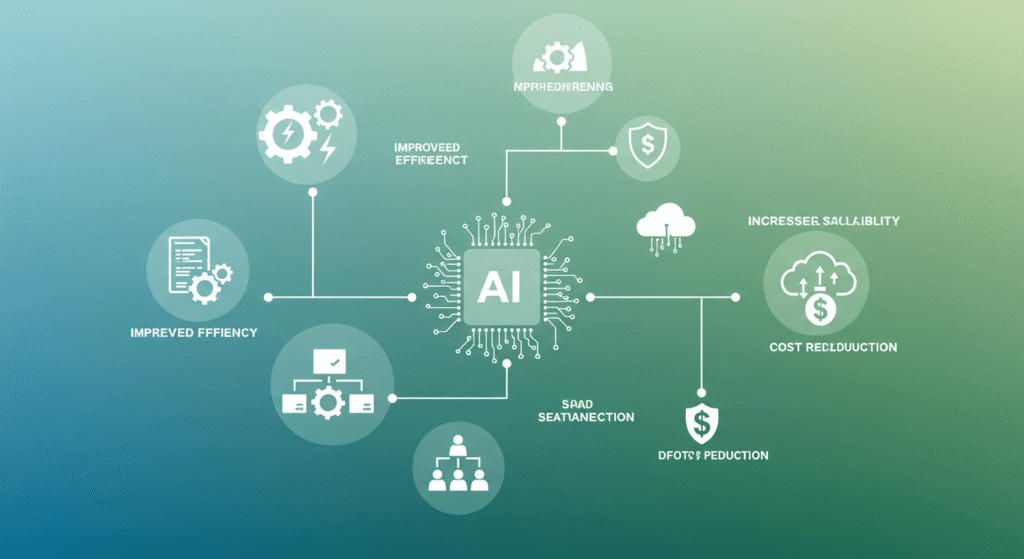
Business efficiency grows through AI SaaS tools, which integrate automation capabilities with intelligent algorithms and adaptable features.
- Increased Efficiency: Through automated proofreading and data entry systems, employees can direct their attention to strategic projects.
- Enhanced Personalization: AI algorithms deliver tailored user experiences and content and propose measures to boost engagement levels.
- Data-Driven Insights: Data analysis tools transform extensive datasets into actionable insights, which empower decisions in both operations and marketing.
- Scalability: SaaS tools grow seamlessly both in terms of usage and features to meet expanding business needs.
- Cost Savings: Self-service AI applications help businesses reduce expenses related to employee recruitment and training as well as infrastructure development.
VII. What to Look for in a SaaS Tool
The evaluation of multiple factors during SaaS tool assessment allows businesses to ensure sustainable value and seamless integration with existing operations.
Businesses require tools with minimal entry barriers and straightforward interfaces to ensure ease of use. Notion AI and Grammarly excel because they provide straightforward learning experiences and immediate operational functionality.
AI capabilities are another important consideration. Businesses need to determine if AI features provide real benefits or if they are merely trendy terms. Authentic AI applications deliver either predictive analytics capabilities or intelligent automation support alongside contextual understanding features.
Integration options also matter. Optimal SaaS tools build unified workflows through integration with CRM systems alongside data analytics platforms and communication tools. ChatGPT’s API enables integration with help desks and Slack channels as well as custom dashboards.
Security and compliance are non-negotiable. Ensure that security features include encryption with multi-factor authentication and industry certifications like SOC 2 or HIPAA. Finally, pricing should be transparent and scalable. Select tools that provide adaptable solutions while avoiding fixed contractual commitments.
VIII. Final Thoughts: The Future of SaaS and AI Integration
Artificial intelligence has transitioned from a premium feature to a standard component for the SaaS industry, which is currently experiencing significant transformation. AI-powered SaaS tools will become central to productivity and customer engagement as digital-first strategies become standard in companies.
According to McKinsey, successful AI integration into SaaS systems leads to operational efficiency improvements between 20% and 25%. Startups and major companies alike implement artificial intelligence to achieve competitive advantages.
SaaS platforms will incorporate advanced personalized AI agents as core components to perform complex tasks like business forecasting and autonomous decision-making through smart customer service interactions. By identifying trends and opportunities at a faster rate than human teams, these tools enhance workflow efficiency and promote innovation.
Organizations and individuals who understand SaaS principles and identify appropriate SaaS tools while utilizing AI solutions can achieve unmatched efficiency and growth. People should start using AI SaaS capabilities today.

